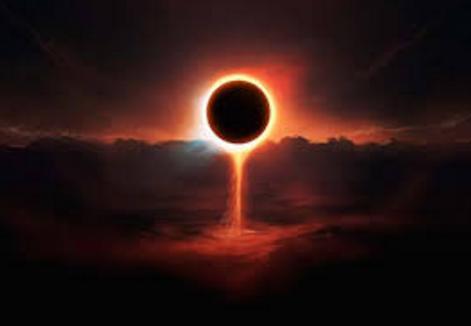This is not an abstract argument but a very practical oneThere are certain connoisseurs who can tell you merely fromthe appearance, taste, and behavior of a wine the site of itsvineyard and the year of its origin. There are antiquarianswho with almost uncanny accuracy will name the time andplace of origin and the maker of an objet d'art or piece ofmature on merely looking at it. And there are evenastrologers who can tell you, without any previousknowledge of your nativity, what the position of sun andmoon was and what zodiacal sign rose above the horizon inthe moment of your birth. In the face of such facts, it mustbe admitted that moments can leave long lasting tracesn other words, whoever invented the I Chingwasconvinced that the hexagram worked out in a certainmoment coincided with the latter in quality no less than intime. To him the hexagram was the exponent of the momentwhich it was cast even more so than the hours of theclock or the divisions of the calendar could be. inasmuch asthe hexagram was understood to be an indicator of theessential situation prevailing in the moment of its originThis assumption involves a certain curious principle thathave termed synchronicity, a concept that formulatesint of view diametrically opposed to that of causalitSince the latter is a merely statistical truth and not absoluteit is a sort of working hypothesis of how events evolve oneout of another whereas synchronicity takes the coincidenceof events in space and time as meaning something more thanmere chance, namely, a peculiar interdependence ofobjective events among themselves as well as with thesubjective(psychic)states of the observer or observers

The ancient Chinese mind contemplates the cosmos in away comparable to that of the modern physicist, who cannotdeny that his model of the world is a decidedlypsychophysical structure. The microphysical event includesthe observer just as much as the reality underlying the IChing comprises subjective, i.e, psychic conditions in thetotality of the momentary situation. Just as causalitydescribes the sequence of events, so synchronicity to theChinese mind deals with the coincidence of events. Thecausal point of view tells us a dramatic story about how Dcame into existence: it took its origin from C, which existedbefore D. and c in its turn had a father, B. etc, Thesynchronistic view on the other hand tries to produce anequally meaningful picture of coincidence. How does ithappen that A,B,C,D, etc, appear all in the samemoment and in the same place? It happens in the first placebecause the physical events dand B'are of the same qualityas the psychic events C"and D, and further because all arethe exponents of one and the same momentary situation. Thesituation is assumed to represent a legible or understandablepicctureNow the sixty-four hexagrams of the I Ching are theinstrument by which the meaning of sixty-four different yettypical situations can be determined. These interpretationsare equivalent to causal explanations. Causal connection isstatistically necessary and can therefore be subjected toexperiment. Inasmuch as situations are unique and cannot berepeated, experimenting with synchronicity seems to beimpossible under ordinary conditions. In the I Ching, theonly criterion of the validity of synchronicity is theobserver's opinion that the text of the hexagram amounts toa true rendering of his psychic condition. It is assumed thatthe fall of the coins or the result of the division of the bundleof yarrow stalks is what it necessarily must be in a givensituation, "inasmuch as anything happening in that momentbelongs to it as an indispensable part of the picture. If ahandful of matches is thrown to the floor, they form thepattern characteristic of that moment. But such an obvioustruth as this reveals its meaningful nature only if it ispossible to read the pattern and to verify its interpretationpartly by the observer's knowledge of the subjective andobjective situation, partly by the character of subsequentevents. It is obviously not a procedure that appeals to acritical mind used to experimental verification of facts or tofactual evidence. But for someone who likes to look at theworld at the angle from which ancient China saw it. the IChing may have some attraction
My argument as outlined above has of course neverentered a Chinese mind. On the contrary, according to theold tradition, it is"spiritual agencies, " acting in a mysteriousway, that make the yarrow stalks give a meaningful answer.These powers form, as it were, the living soul of the bookAs the latter is thus a sort of animated being. the traditionassumes that one can put questions to the I Ching and expectto receive intelligent answers. Thus it occurred to me that itmight interest the uninitiated reader to see the i ching atwork. For this purpose I made an experiment strictly inaccordance with the Chinese conception: I personified thebook in a sense, asking its judgment about its presentsituation, i.e., my intention to present it to the Westernmind
